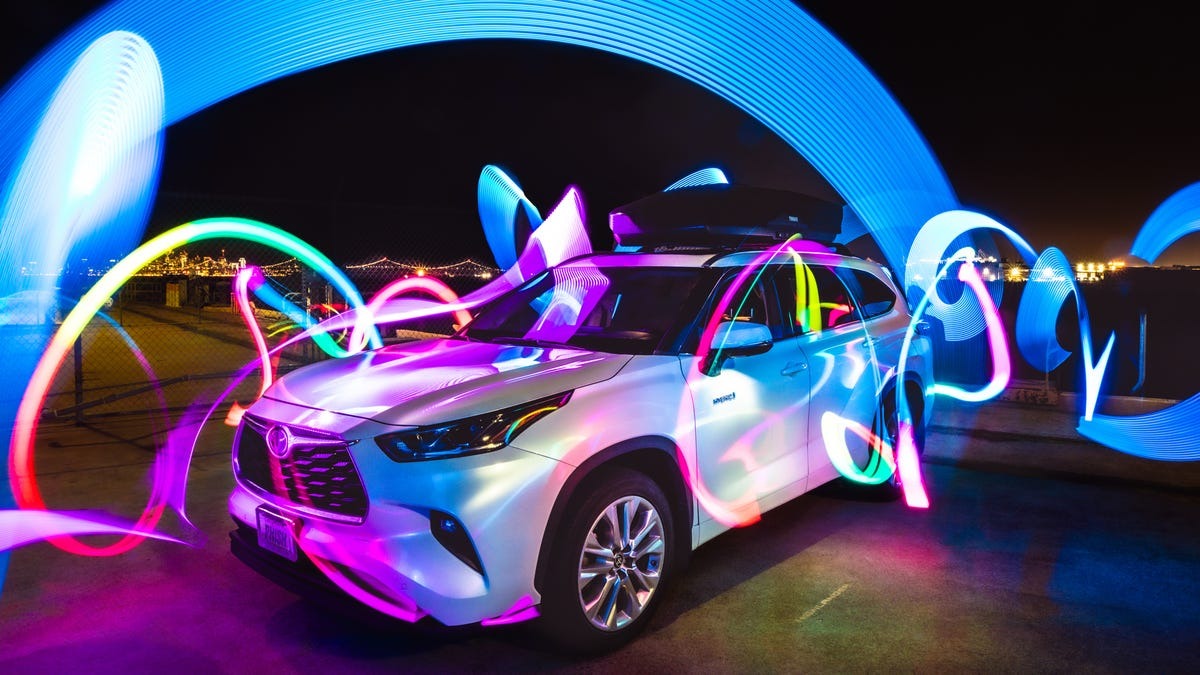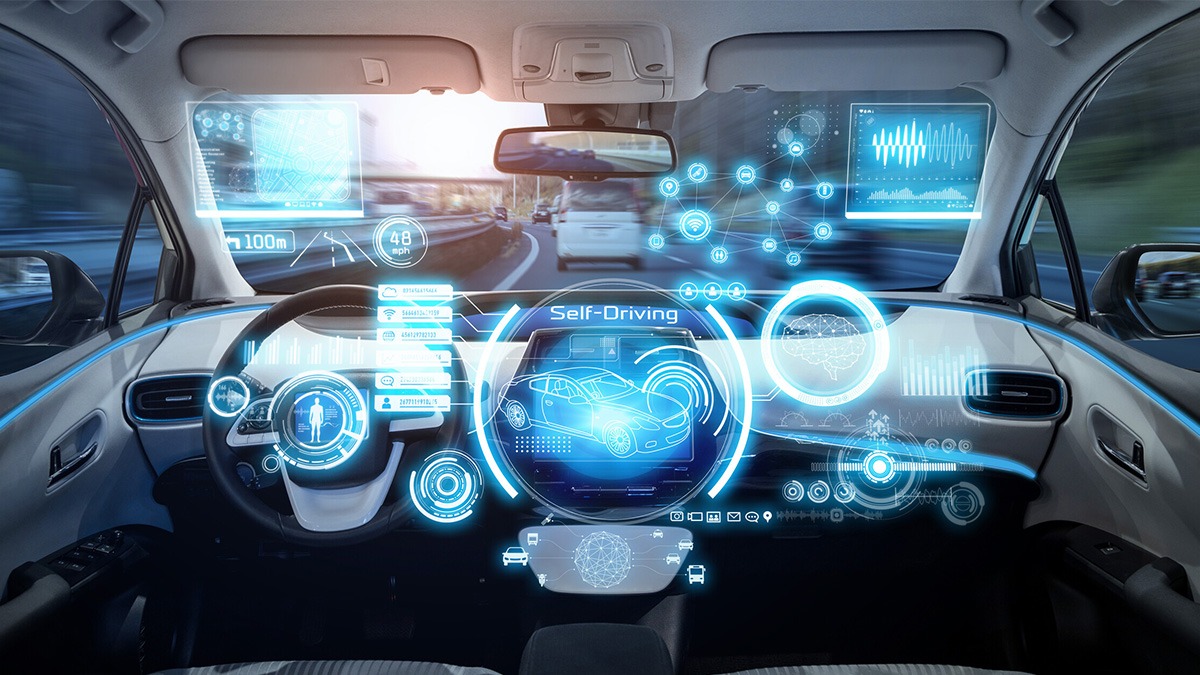Artificial intelligence has started playing a vital role in how vehicles operate, develop, and interact with their surroundings. What used to sound like something from science fiction has now become part of everyday progress in the automotive industry.
Companies are investing heavily in systems that allow vehicles to function with more independence, better accuracy, and deeper awareness of real-time driving situations.
From self-parking features to fully autonomous driving trials, the change is taking place rapidly across various sectors of mobility. Machine learning models, advanced sensor networks, and predictive technologies have entered the conversation seriously and permanently.

Next-Generation Automotive (Photo: Getty Images)
Newer models from both traditional carmakers and tech-driven startups are being fitted with complex AI software that allows them to make decisions without human input.
These systems are designed to process massive volumes of data within seconds, enabling faster reactions and safer outcomes. Artificial intelligence is no longer just a supporting tool but is becoming central to how the modern vehicle operates and adapts to changing environments.
Self-Driving Capabilities Taking the Lead
Vehicles that operate without drivers are becoming more visible on testing grounds and in selected city routes. AI-based control systems are taking over traditional driving functions such as acceleration, braking, and steering, making human involvement optional in some scenarios.
Through the use of LiDAR, radar, cameras, and onboard processing units, these vehicles can analyse their surroundings and make decisions that match or even exceed human response times. As the hardware becomes more refined and cost-effective, more manufacturers are looking at driverless technology as a priority.
In some countries, autonomous vehicles are already offering services such as taxi rides or delivery routes, and these are all powered by software that learns from real-world events. Such cars apply advanced path planning techniques and adapt in real-time, reducing traffic issues and the likelihood of accidents.
Engineers constantly upgrade these models with fresh data to keep the system updated and ready for sudden changes on the road. It is becoming clearer that artificial intelligence is not only replacing manual inputs but is also enhancing safety standards in ways traditional systems could not.
AI in Safety and Driver Assistance Systems
One of the major uses of AI in modern cars involves protecting both the driver and passengers from harm. Through real-time monitoring of traffic, blind spots, sudden movements, or even driver behaviour, AI-based systems can trigger alerts or apply emergency measures.
Features like automatic emergency braking, adaptive cruise control, and lane-keeping assist all depend on constant decision-making by AI algorithms.
In newer car models, these systems learn from each trip, adjusting based on the driver’s habits and road conditions. If a driver tends to get tired during long trips, the system may recommend rest stops or even guide the car more cautiously.
Some vehicles can detect medical emergencies such as a driver losing consciousness and bring the car to a safe stop while contacting emergency responders. These tools do more than offer convenience; they directly contribute to saving lives.
Traffic Flow and Route Optimisation
Artificial intelligence is making transport more efficient through smarter route management. Vehicles can now predict traffic conditions ahead of time and suggest alternative routes.
This is done using historical data, weather updates, and road information pulled from various sources. AI processes this data in real-time and finds the best path to reach a destination faster and with less fuel usage.
This is especially helpful for delivery companies or public transport services, where time and reliability are extremely important. By avoiding congested roads and predicting slowdowns before they occur, these systems reduce delays and improve daily operations.
For drivers, it also means less time spent in traffic and reduced fuel bills. As more cars become connected to central data systems, AI will improve traffic patterns across large networks and benefit urban mobility.
Maintenance and Predictive Diagnostics
Gone are the days when drivers had to guess when a vehicle needed servicing. Artificial intelligence has brought a more precise approach to automotive health. Modern vehicles use sensors to monitor wear and tear on different components.
These inputs are sent to AI systems that analyse patterns and predict when a failure may occur. By doing this, drivers are notified early, allowing them to repair or replace parts before a bigger issue happens.
Maintenance based on prediction helps reduce sudden breakdowns and lowers long-term repair expenses. Workshops can also use AI data to schedule servicing better, making the whole process more efficient.
Some companies now offer mobile apps that connect to the car and provide live updates on its health, supported entirely by AI. This change means fewer surprises for car owners and more reliable vehicles over time.
Human-Machine Interaction and Personalisation
As vehicles become more connected and intelligent, drivers expect more personalised experiences. Artificial intelligence helps achieve this by adjusting seating positions, temperature settings, and entertainment choices based on user preferences.
Voice recognition powered by machine learning now understands natural commands, allowing drivers to change settings or request information without lifting a finger.
Even the music playlist can be adjusted based on mood or time of day, making each trip feel more comfortable and user-friendly. AI systems can detect which driver is behind the wheel through facial recognition or profile syncing and then apply customised settings.
The goal is to reduce the amount of effort needed to adjust a car each time it is used, creating a seamless driving experience tailored to each individual.
Environmental Benefits and Fuel Efficiency
Another area where AI is showing great results is in reducing environmental damage. By managing engine performance, adjusting driving styles, and avoiding traffic-heavy areas, AI helps lower emissions and fuel consumption.
For electric vehicles, this includes monitoring battery usage and finding nearby charging stations based on current range and driver habits. Smarter driving habits promoted by AI can lead to lower wear on tyres and brakes, contributing further to environmental care.
Some systems even compare different routes and recommend the one with the lowest environmental impact. This blend of performance and responsibility allows drivers to make choices that are both practical and better for the surroundings.
Cybersecurity and Data Protection
As vehicles become more intelligent, they also become targets for digital threats. AI systems are now playing a role in defending against hacking attempts and protecting user data.

Cars that think fast and drive smarter every mile (Photo: Twitter)
Cars collect a wide range of information from location history to voice commands, and this data must be stored safely. Machine learning tools scan for unusual behaviour in the system and can block access when a risk is detected.
Security features can be updated remotely without needing to visit a dealership. AI plays a part in identifying weaknesses before they are exploited, and this proactive approach reduces chances of malicious access. The importance of cybersecurity in next-generation vehicles is growing, and AI is one of the main tools used to maintain digital safety.
The Future of AI in Vehicle Technology
Artificial intelligence is already deeply rooted in how modern vehicles are designed and operated, and the future promises even more changes. With ongoing improvements in software engineering, sensor development, and data processing, the role of AI is expected to expand even further.
Cars will soon communicate with each other to avoid accidents, parking systems will require no human control, and road safety could rise to levels never seen before.
Manufacturers are pushing for better integration between mobile devices, vehicles, and public systems. This would allow for shared data that can support everything from weather-based driving responses to automated toll payments. All of this becomes possible with the help of systems that think, learn, and adjust faster than ever before.
As 2025 approaches, the vehicles on our roads are becoming more intelligent, more efficient, and more connected. Artificial intelligence is powering this change by delivering tools that are fast, reliable, and tailored to real-world driving needs. Car owners, drivers, and manufacturers are now part of a growing change in how transportation is experienced and understood.
























